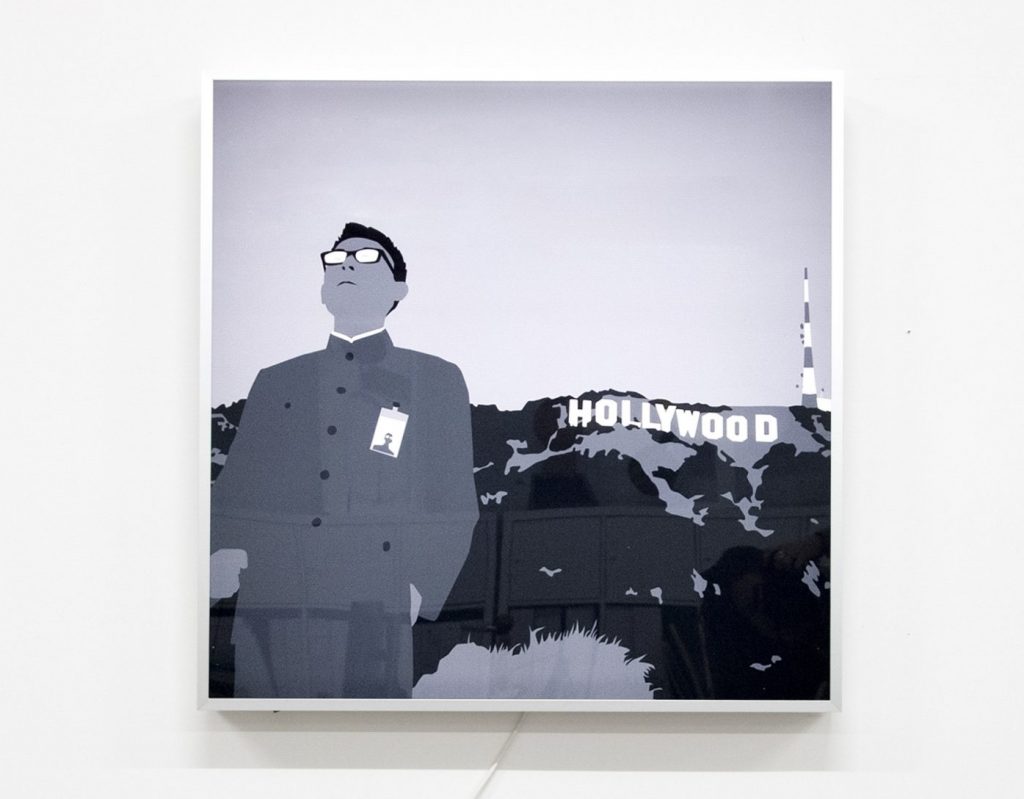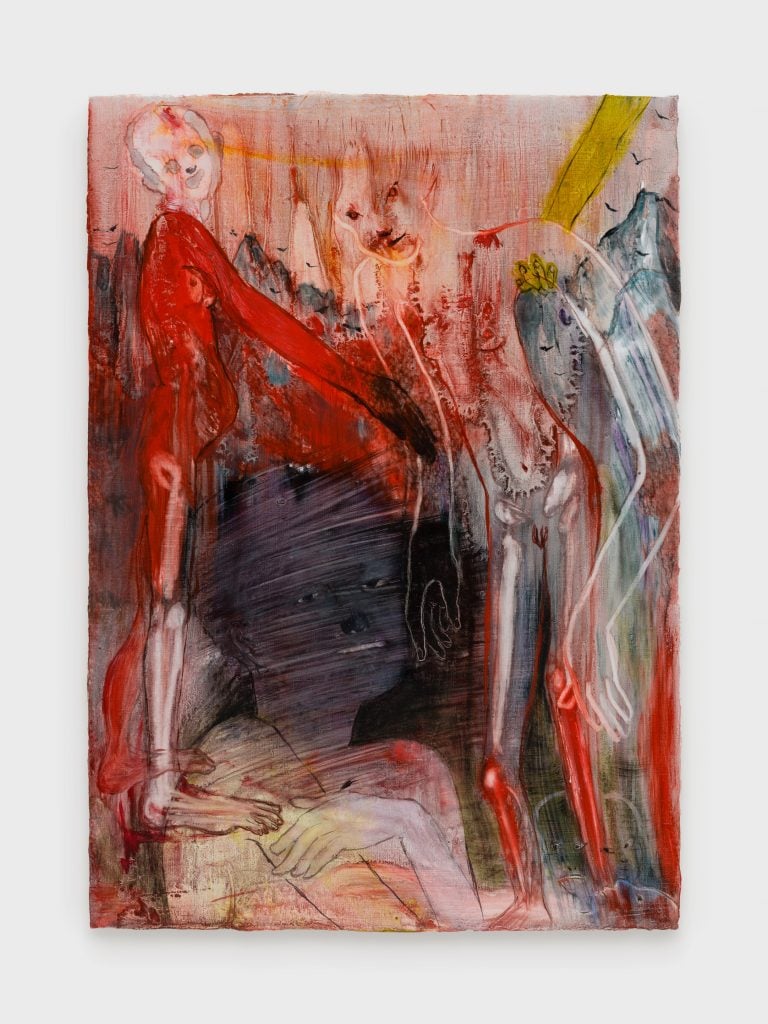Market
On the Hunt for New Collectors, Asian Dealers Are Increasingly Looking West
There is 'a growing appetite' from East Asian galleries and artists to show in New York, according to Independent cofounder Elizabeth Dee

There is 'a growing appetite' from East Asian galleries and artists to show in New York, according to Independent cofounder Elizabeth Dee

Vivienne Chow

This article originally ran in The Asia Pivot, Artnet Pro’s biweekly members-only newsletter providing mission-critical analysis, insights, and exclusive intelligence on developments in Asia’s art markets, with a focus on business opportunities and challenges. Subscribe here to receive it directly to your inbox.
After the conclusion of Art Basel Hong Kong and the very eventful pre-opening of the 60th Venice Biennale, now the art world is turning its attention to New York, which will host a bevy of art fairs in May, including TEFAF, NADA, and Independent.
Independent’s cofounder and CEO, Elizabeth Dee, recently told The Asia Pivot that she has noticed that Western galleries are bringing to her fair more and more artists of East Asian descent who are based in the U.S. or U.K.
There also “seems to be a growing appetite from East Asian galleries and artists who are originally from the region to show in New York,” Dee said in a phone interview. “Whereas, pre-Covid, that was certainly not the case. Everybody wanted to go to Asia.”
Among the Asian galleries taking part for the first time in Independent, which runs at Spring Studios in Tribeca from May 9 through 12, are Linseed and Gallery Vacancy, both of Shanghai.
Dee’s comments follow Robin Pogrebin’s New York Times report from Frieze Los Angeles, which noted that American institutions and galleries are paying more attention to Asian artists, and it corresponds with our recent reporting at Artnet News and The Asia Pivot.

Asami Shoji, 24.1.13 (2024). Courtesy of Linseed, which is presenting the artist at Independent New York 2024.
More Asian artists are being represented by Western dealers; more Asian dealers are opening outposts or staging pop-up exhibitions in New York, London, Paris, and other cities in the West; and young, Western-educated Asian collectors are eager to get acquainted with the art scene in the West, becoming regulars at major fairs and exhibitions.
This is an exciting change for Asians and those in the Asian diaspora, including myself. Our great artistic talents have long been underrepresented by the mainstream art industry, which has traditionally been dominated by Western institutions and companies.
What is behind the trend that Dee noticed? Business is business, and it’s only natural for art professionals to go to places where the market is.
Sources at Art SG in January and Art Basel Hong Kong last week said that sales were slow, especially for seven-figure works. Buyers are cautious. But Asia’s sales slowdown did not begin this year. The shift became obvious in October, when many were disappointed by the performance of works from the collection of the founders of the Long Museum in Shanghai on the auction block. The November fairs in the city also had mixed results.
This apparent slowdown is occurring amid a property crisis in China that poses a threat not only to the country’s economy but potentially the entire world’s. At the very least, there is likely to be more market volatility in Asia.
Meanwhile, there has been a wave migration of both people and wealth from Asia—most notably from Hong Kong and mainland China—to Singapore and the West, which has been widely reported in the media. David Lesperance, a Poland-based consultant who specializes in helping ultra-high-net-worth individuals relocate, told me that he has received a jump in inquiries from Chinese clients over the past five years. His business in the area is booming. Christie’s recently reported growth in the number of U.S.-based Asian buyers purchasing Chinese works of art. At the beginning of this month, Frieze’s No. 9 Cork Street space in London saw the openings of pop-up shows by three galleries from the Asia-Pacific region.
Seeing young, well-dressed East Asian art aficionados speaking Mandarin or Cantonese on a casual weekend stroll at Christie’s in London is now part of the city’s art life. It should no longer be a surprise that the market for Asian art is growing quietly throughout Western capitals. Given the economic instability in China, the exodus of people and cash seems likely to continue, which could have a potentially massive impact on the cultural sector in the United States and Europe. Watch this space.
This article was published originally in The Asia Pivot on April 3.